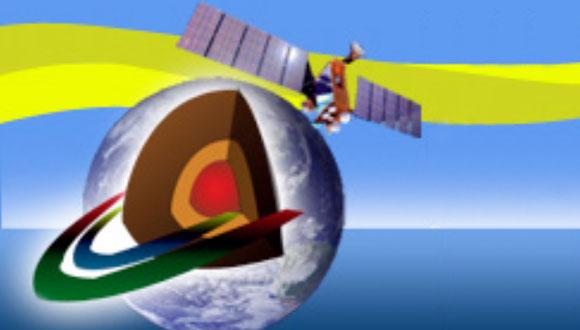Geosciences Dept. Seminar: Observations and Modeling of Fast and Slow Ruptures
Dr. Asaf Inbal, TAU
Abstract:
Faults slip is known to occur over a broad range of timescales. Some faults slip rapidly during earthquakes, generating seismic waves. Other slip at much slower rates and aseismically, without generating waves. Such episodes are commonly referred to as a Slow Slip Events (SSEs). SSEs are often accompanied by weak seismic activity, and analyzing them requires sensitive seismic and geodetic networks. Despite over a decade of intense research, the physics underlying these processes is not well understood. Since SSEs may signal the initiation of damaging earthquakes, elucidating that physics is important.
I will present case studies of faults exhibiting complex space-time evolution of aseismic slip and seismicity. Data from two aseismic transients are used to probe the rheology at the bottom-edge of the seismogenic zone, an area where both SSEs and large earthquakes tend to nucleate. I will show results from dense array studies suggesting faults in southern California deform seismically below the Moho, and exhibit depth-dependent earthquake size distribution. The latter observation may be understood in terms of a physical model controlled by the rheology and geometry of small seismogenic asperities embedded within an aseismically deforming matrix. I will conclude by discussing possible future research directions using examples from the 2016 Mw7.0 Kumamoto earthquake sequence.
Seminar Organizer: Prof. Eyal Haifetz


